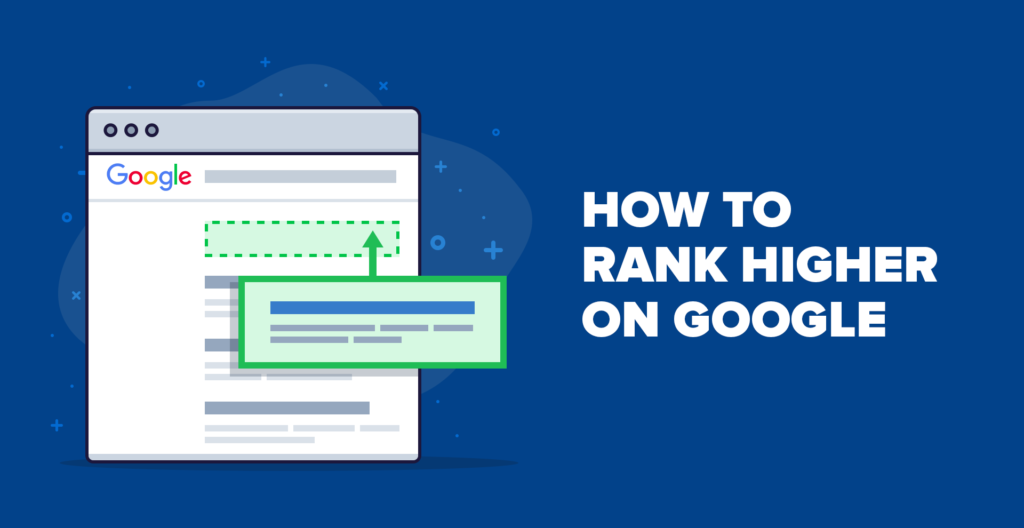Introduction:
In today’s online world, achieving higher rankings for your blog posts has become crucial. Whether you’re blogging for business growth or personal passion, Search Engine Optimization (SEO) holds the power to enhance visibility. Let’s explore some practical steps to make your blog posts SEO-friendly and boost them up the search engine ranks.
Understanding SEO and Its Importance
What is SEO?
SEO stands for Search Engine Optimization, a set of techniques designed to improve the visibility of your blog posts on search engines like Google. When done right, SEO helps search engines understand your content and show it to the right audience.
Why SEO Matters for Your Blog
Without SEO, your content is like a needle in a haystack. Strong SEO practices increase your blog’s chances of appearing on the first page of search results, where most of the clicks happen. The better your SEO, the more organic traffic you can drive to your site.

Choosing the Right Keywords
How to Perform Keyword Research
Keyword research is the cornerstone of a successful SEO strategy. Use tools like Google Keyword Planner, SEMrush, or Ahrefs to find keywords related to your niche. Look for terms that have decent search volume but low competition.
Long-Tail vs. Short-Tail Keywords
Long-tail keywords are more specific phrases, while short-tail keywords are broader. For example, “vegan recipes for beginners” is a long-tail keyword, while “vegan recipes” is a short-tail keyword. Long-tail keywords are easier to rank for and often drive more targeted traffic.
Crafting High-Quality Content
Focus on Providing Value
Content is king, and valuable content keeps readers engaged. Solve problems, answer questions, or provide new insights. When your content resonates with readers, they stay longer, which boosts your SEO.
Content Length: Does It Really Matter?
Yes, content length can influence your rankings. Search engines tend to favor in-depth content, but don’t add fluff just to reach a word count. Aim for a balance between being comprehensive and keeping your readers engaged.
Optimizing Your Blog Post Structure
Using Headings and Subheadings Effectively
Headings (H1, H2, H3, etc.) break up your content and make it easier to read. Use them to outline your post logically. Subheadings not only improve readability but also help search engines understand your content’s hierarchy.
The Power of Lists and Bullet Points
Lists and bullet points are great for readability and SEO. They break up long chunks of text, making your content skimmable. Readers love them, and search engines do too.
Incorporating Keywords Naturally
Avoiding Keyword Stuffing
Overloading your content with keywords is a big no-no. Keyword stuffing makes your writing sound unnatural and can lead to penalties from search engines. Use keywords where they fit naturally.
Keyword Placement Tips
Strategically place your keywords in the title, headings, first paragraph, and throughout the body. Don’t forget to include them in your meta description and image alt text.
Meta Descriptions and Title Tags
Writing Compelling Meta Descriptions
Meta descriptions are the snippets shown in search results. They should be around 150-160 characters and give a clear, enticing summary of your post. Use action-oriented language and include your primary keyword.
The Importance of Optimized Title Tags
Title tags are one of the most critical elements of SEO. Keep them under 60 characters and make sure they are both catchy and keyword-rich.
Utilizing Internal and External Links
Linking to Your Own Content
Internal links help guide readers to other relevant articles on your site and distribute link equity. Plus, they improve your site’s architecture, making it easier for search engines to crawl your pages.
The Benefit of External Links to Authority Sites
Linking to reputable sources adds credibility to your content. It signals to search engines that your post is well-researched and trustworthy. Just make sure your links open in a new tab to keep users on your site.
Optimizing Images and Other Media
Using Alt Text for Images
Alt text describes what an image is about and helps search engines understand your media. It’s also essential for accessibility. Include your keywords where relevant, but keep the description natural.
Compressing Images for Faster Load Times
Large images can slow down your site, hurting your SEO. Use tools like TinyPNG or ImageOptim to compress images before uploading them. Faster load times mean a better user experience.
Enhancing User Experience (UX)
Improving Your Site’s Speed
Site speed is a ranking factor, so make sure your pages load quickly. Use tools like Google PageSpeed Insights to identify areas for improvement, such as optimizing code or enabling browser caching.
Mobile Optimization: A Must for Ranking
More than half of all web traffic comes from mobile devices. Ensure your blog is mobile-friendly by using responsive design. If your site isn’t optimized for mobile, you’re losing potential readers and hurting your rankings.
Leveraging Backlinks
What Are Backlinks and Why They Matter
Backlinks are links from other websites pointing to your content. They act like votes of confidence, telling search engines your content is worth checking out. The more high-quality backlinks you have, the better your chances of ranking.
Strategies for Earning Quality Backlinks
Reach out to bloggers and influencers in your niche, write guest posts, or create shareable infographics. Quality is more important than quantity, so focus on earning links from authoritative sites.
Using Social Media for Promotion
Sharing Your Content on Social Platforms
Social media can drive traffic and indirectly boost your SEO. Share your blog posts on platforms like Facebook, Twitter, and LinkedIn. Don’t just post once; repurpose and re-share your content over time.
Engaging with Your Audience
Respond to comments, join discussions, and be active in your niche community. Engagement increases the visibility of your content and can lead to more backlinks and shares.
Analyzing Your Performance
Using Google Analytics for Insights
Google Analytics is a powerful tool for tracking your blog’s performance. Monitor metrics like page views, average session duration, and bounce rate. Use this data to refine your strategy.
Adjusting Your Strategy Based on Data
SEO is not a set-it-and-forget-it process. Regularly review your analytics and adjust your content, keywords, and promotional strategies based on what’s working and what’s not.
Avoiding Common SEO Mistakes
Duplicate Content Issues
Duplicate content can confuse search engines and split your ranking potential. Use canonical tags and create unique content to avoid penalties.
Ignoring Mobile Optimization
Failing to optimize for mobile can be disastrous for your rankings. Make sure your blog looks and performs well on all devices.
Read this: How to get your site noticed by Google Search in 2025
Conclusion
Improving your blog’s SEO is a continuous process, but it doesn’t have to be overwhelming. Focus on providing value, optimizing your content, and keeping up with SEO best practices. With patience and persistence, you’ll see your blog posts climb the ranks.
FAQs
1. How long does it take for a blog post to rank?
It can take anywhere from a few weeks to several months, depending on the competition, your SEO efforts, and how search engines crawl and index your site.
2. Can I rank without backlinks?
While backlinks significantly boost your SEO, you can still rank without them if your content is highly valuable and optimized well. However, backlinks improve your chances.
3. Is content length important for SEO?
Yes, but only if the content is engaging and valuable. Longer content often ranks better because it covers topics more comprehensively.
4. What is keyword cannibalization?
It occurs when multiple pages on your site target the same keyword, causing them to compete against each other. This can hurt your rankings. Consolidate similar content to avoid this issue.
5. How often should I update my blog posts?
Regular updates keep your content relevant. Aim to review and refresh your posts at least once a year or whenever significant changes occur in your topic area.

